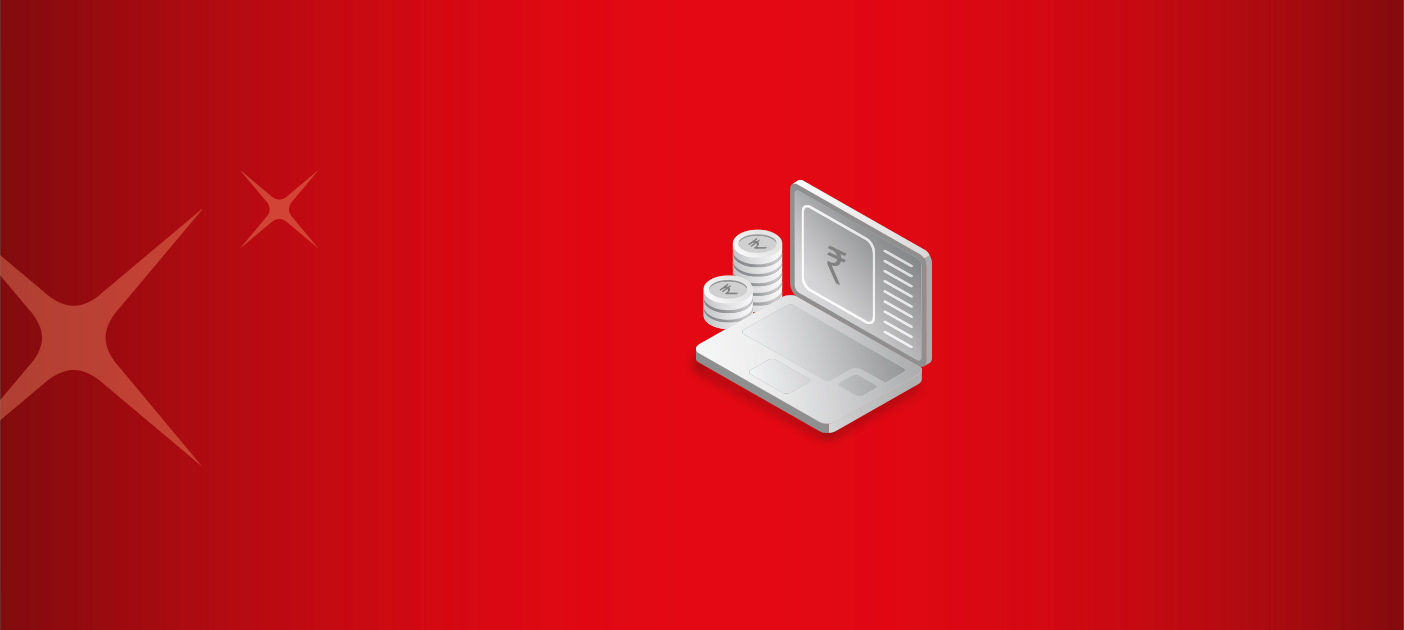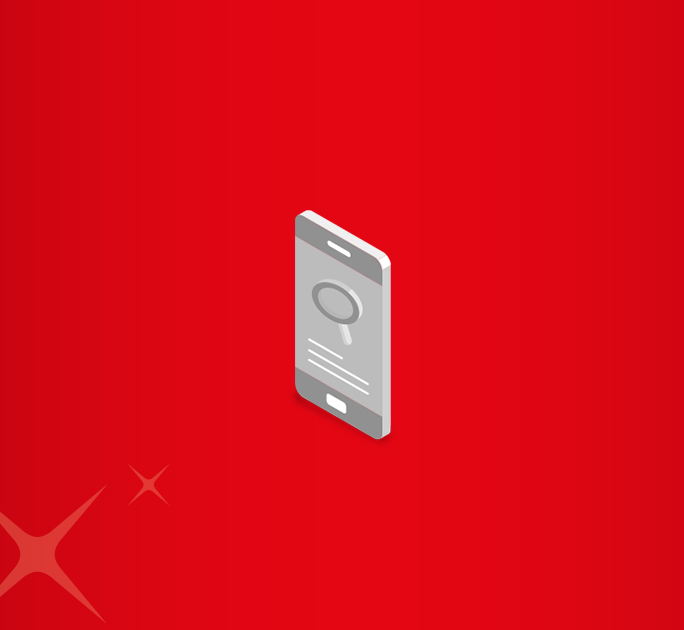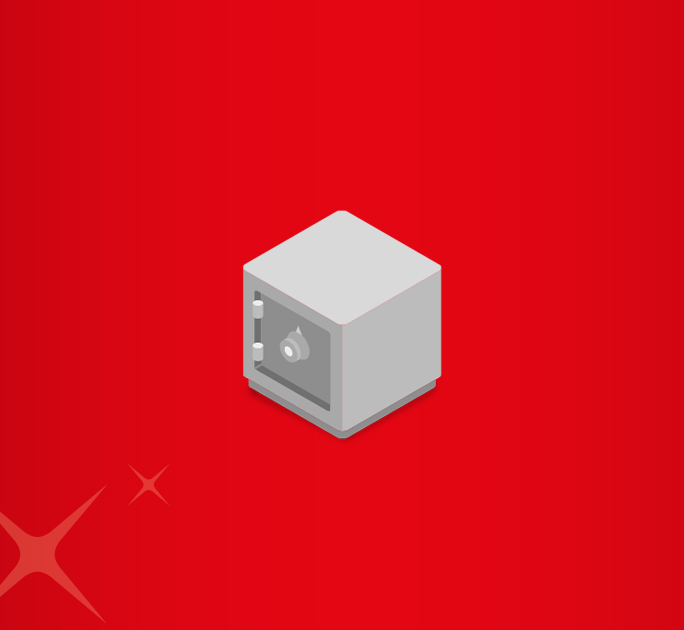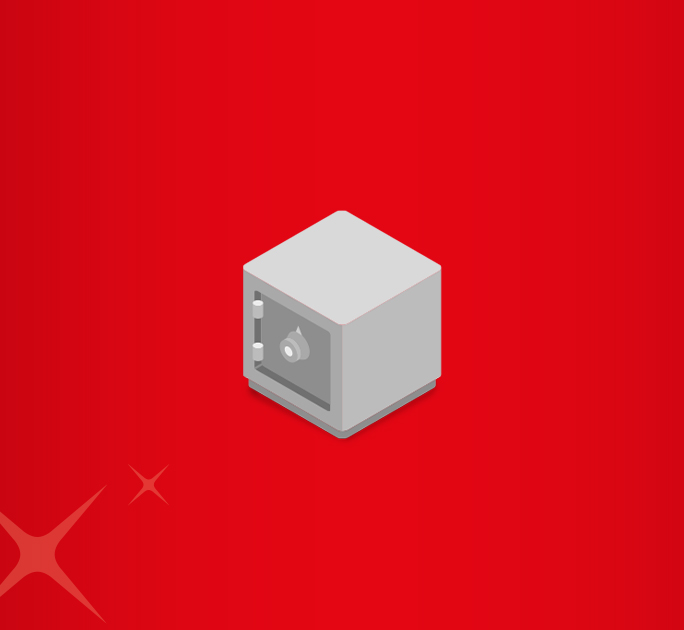
Check Your Cash Withdrawal Limits from Bank
Key Takeaways
- Banks set cash withdrawal limits to manage cash flows for all customers.
- The Reserve Bank of India and individual banks determine cash withdrawal limits in India.
- Cash withdrawal limits are based on location and the type of transaction.
- Bank withdrawal limits are highest for transactions at the home branch.
- You must also comply with cash withdrawal limits at ATMs of both your own and other banks' branches.
Your savings account is a type of account that allows you to deposit and withdraw money at your convenience. It serves as an investment instrument that enables you to take your first step toward corpus creation. However, banks must set cash withdrawal limits to ensure they can meet the cash flow needs of all their customers. The bank sets these limits in consultation with the Reserve Bank of India. This article explains the standard cash withdrawal limits from banks.
Understanding Cash Withdrawal Limits from Banks
Cash Withdrawal Limit is placed on various withdrawal provisions. The limit also differs from branch to branch.
Cash Withdrawal Limits Based on Location
Bank customers residing in metro cities typically have higher expenses. As such, the RBI and banks offer higher cash withdrawal limits to these customers. In comparison, bank withdrawal limits for customers of the same bank with branches in Tier I, II, III cities, along with semi-rural and rural areas are lower.
Cash Withdrawal Limits for Cheque Transactions
Most banks in India have set a limit of INR 1 lakh on cash withdrawals from the bank per day by cheque. This limit typically applies to self-use or self-addressed cheques.
Cash Withdrawal Limits Based on Account Type
Banks also determine withdrawal limits based on the type of account you hold. Current account holders enjoy higher withdrawal limits than those prescribed for basic savings account holders. However, banks provide priority savings account holders with higher cash withdrawal limits.
Cash Withdrawal Limits Based on Branch and Non-Branch Transactions
Banks typically offer higher cash withdrawal limits when you withdraw money from your home branch. However, the withdrawal limits are usually lower if you opt for withdrawals from non-home branches.
Cash Withdrawal Limits on ATM Transactions
In addition to the limits on cash withdrawals from the bank per day, you also need to comply with ATM cash withdrawal limits. Your daily cash withdrawal limit at ATMs depends on your account type; it is significantly higher for priority accounts but may be slightly lower for regular accounts.
According to an RBI mandate, you receive five free transactions per month at your own bank's ATMs and three free transactions at other banks' ATMs. If you exceed these limits, you will incur a fee. The RBI has reviewed the fee structure for exceeding cash transactions at ATMs, effective January 1, 2022.
Cash Withdrawal Limits for Third-Party Transactions
If a family member or friend withdraws cash on your behalf, the limit will be lower. For example, the withdrawal limit for a self-cheque is INR 100,000. However, if the bearer of the cheque is your friend, the cash withdrawal limit would be INR 50,000.
You must comply with bank withdrawal limits based on your chosen method of withdrawal. Despite the cash withdrawal limits, it is apparent that you can access funds in your account in several ways that make banking convenient.
Are you looking for a smart mobile banking app? Download the DBS Bank app and explore a world of banking facilities with just a few swipes.
For information on cash withdrawal limits and frequently asked questions, please click here.
*Disclaimer: This article is intended for informational purposes only. We recommend consulting your income tax advisor or chartered accountant for expert guidance.








